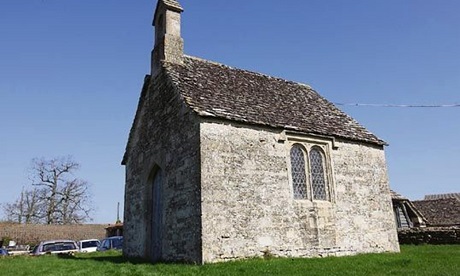Smaller churches have recovered better from Covid lockdown restrictions than larger ones, a new study has revealed.
The study published by Anglican evangelical mission agency CPAS is based on church attendance figures at Easter this year.
CPAS found that, although in-church Easter attendance was three-quarters what it had been at Easter 2019, many people were also attending online. When the two groups were added, attendance was about the same.
The figures show the vision of a “mixed-ecology” Church of England is right and “realistic”, the authors say.
The study examined data submitted immediately after Easter by four dioceses — Lichfield, Oxford, Canterbury and Rochester.
Analyst Dr Bev Botting and church-growth consultant the Ven. Bob Jackson analysed the data.
They found a wide variety in the numbers attending individual churches: attendance at many had fallen dramatically, but at others it had grown.
They concluded: “Decline was not inevitable. Some churches showed that it is possible to grow congregations post-Covid, and it is possible that onsite numbers will increase further by October once the threat of Covid has reduced further.
“It was always likely that the shock of Covid lockdowns would be a blow to all churches but an opportunity for some.”
The study also found the number of churches offering online services had fallen over the previous six months. About 44 percent still offered some online provision over Easter, usually on YouTube.
Online attendance added more than one third to those churches’ Easter attendance figures.
Churches that did not offer online services were the only ones to show a drop in total attendance.
The fall in “onsite” attendance between 2019 and 2022 in churches also offering Church at Home was the same as other churches. This may mean people are treating online attendance as an additional option rather than an alternative, the authors say.
“That online attendance continues to be so significant, even when the buildings are fully opened, suggests that it will continue to play a significant role in the future churchgoing mix.”
Although this was the first Easter without Covid restrictions for three years, there was another small surge in cases of a sub-variant around Easter, so the study was still not carried out in “normal times”.
Of the 755 churches that submitted attendance figures, small churches showed stronger post-Covid recovery in in-church attendance than bigger churches. In many instances, the congregation had grown.
The “Smallest” churches are defined as having fewer than 25 in the congregation, while the “largest” ones have over 200 people.
In 2019 larger churches had only 69 per cent of their 2019 attendance, while the smallest averaged 188 per cent. This was true in each of the four dioceses.
“There have been fears for small churches emerging from Covid — will their elderly congregations have died, fragmented or been unable to reconvene?” the report says.
“With their technological edge and younger profiles, perhaps larger churches will have had the strength to withstand the lockdown better. The Easter onsite attendance numbers however suggest the exact opposite”, it continues.
Describing the online attendance at Canterbury Cathedral as “phenomenal” — the authors say the figures for Easter Eve and Easter Day outnumbered the 2019 Easter figures across the whole diocese.
They therefore removed them from the broader analysis to avoid skewing the overall picture.
The Cathedral’s YouTube Easter service had 47,000 views, representing at least 30,000 people.
The Cathedral also played host to people who had joined online services during the pandemic. Some “even flew across the Atlantic to attend in person the Cathedral that had become their own online”, the authors say.
The study concludes that churches should continue to develop their online services.
They should also “invest in the old-fashioned pastoral basics of a team making lists and visiting” the authors say.
In particular, the churches should visit families who have been slower to re-engage with church after the lockdowns.
Additionally, dioceses should invest in support for larger churches that are struggling to recover numbers and offer technical support to parishes to develop high-quality online provision, the authors recommend.
Source
Additional reading
News category: Palmerston, World.




